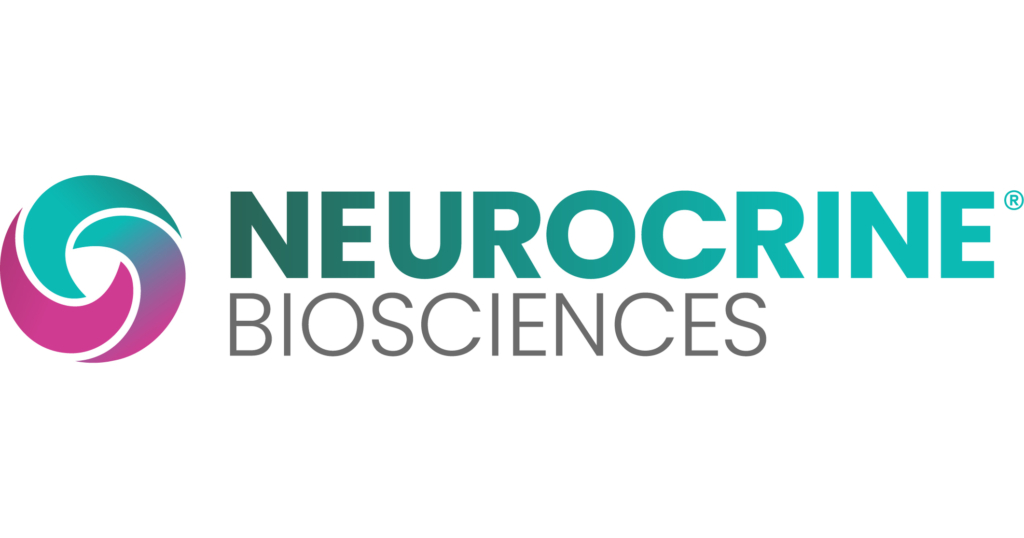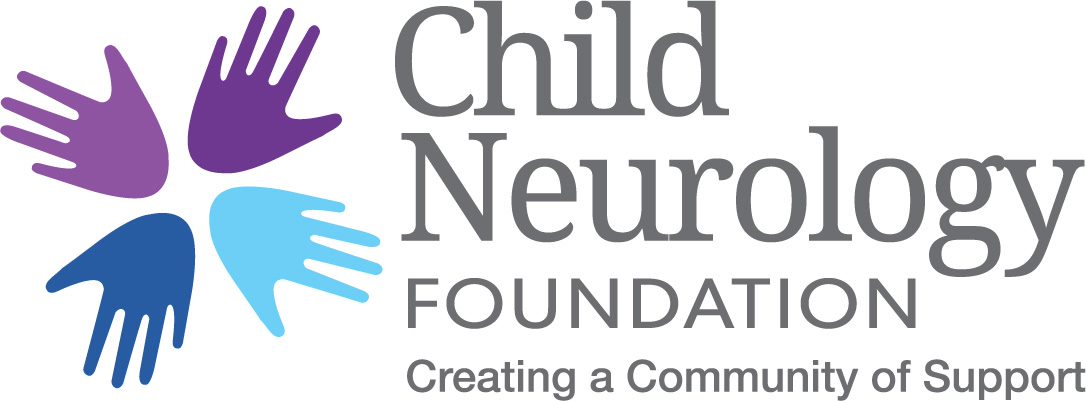
Author: Howard S. Schub, MD, retired
Drawn from the work of: Michael Pranzatelli, MD, PhD
Reviewed: June 2021
SUMMARY
Essential tremor is a neurological condition that causes hands to shake rhythmically.
The head, trunk, and voice may also be involved. The cause is not known but is often passed from parent to offspring. It is important not to confuse essential tremor with other types of tremor. Essential tremor is different from Parkinson’s disease or cerebellar tremor.
The tremors tend to be worse during movement and better at rest. They can be disabling and slowly worsen over time.
Tremors can be made worse by:
- Stress
- Medications
- Some metabolic conditions
Tremors can be controlled or limited with:
- Medications
- Surgery
- Adaptive devices
- Relaxation
JUMP TO
Disorder Overview
DESCRIPTION
Essential tremor (ET) is a neurological disorder that causes uncontrollable shaking in different parts and different sides of the body. It most often affects the hands. To a lesser extent, the arms, head, and voice can be involved.
ET can occur during any age. However, it often appears during adolescence or middle age. It is not life threatening, and most people live with the condition. However, for some people, it can interfere with dressing, eating, and writing.
ET is the most common movement disorder. It affects up to 10 million people in the U.S.


SIGNS AND SYMPTOMS
There is no medical test to diagnose the disorder. Diagnosis is based on a thorough neurological examination. Lab tests and X-ray tests can eliminate other, similar disorders.
Common signs include:
- Involuntary shaking that affects hands more than arms, head, voice, or legs
- Tremor worse with movement
- Tremor better with rest
- Tremor worse with stress
- Tremor worse with certain medications, such as steroids, stimulants, and asthma medicines
- Tremor worse with certain metabolic conditions, such as low glucose or high thyroid levels
- Tremor worse with drug or alcohol withdrawal
CAUSES
The cause of ET is unknown. However, there is a family history of ET in about 50% of patients.


LABORATORY INVESTIGATIONS
Certain tests may be performed to eliminate other causes of the tremors.
These can include:
Brain MRI (magnetic resonance imaging)
TREATMENT AND THERAPIES
Mild ET may not need treatment. Sometimes, though, it causes problems in everyday life. In these cases, treatment may improve symptoms.
Medications for ET
Medications include:
Beta blockers
Seizure medications
Botulinum toxin
Adaptive Devices for ET
Adaptive devices can help with ET. Examples include:
- Wrist weights
- Wide grip writing instruments and utensils
- Electrical stimulation devices
Surgery for ET
Surgery can sometimes be used for ET.
It may include:
- Deep brain stimulation (DBS). DBS is a surgical treatment in which an electrode is placed in your brain. It causes painless shocks that disrupt electrical signals.
- Ablative brain surgery. This destroys parts of the brain. It uses high-frequency ultrasound or direct excision to do so. For instance, the thalamus controls some movements. Destroying part of it can calm or stop the tremors.
Relaxation Techniques for ET
Relaxation techniques can calm tremors. Examples include:
- Yoga
- Deep breathing
- Biofeedback


OUTLOOK
In many children, the symptoms of ET are mild. Treatments may be worse than the symptoms. However, tremors can worsen with age.
Tremors can affect daily life by affecting fine motor activities. They can cause problems with:
- Eating
- Writing
- Speaking
- Balance
Adaptations should be made at school to maximize the educational experience.


RELATED DISORDERS
ET can be confused with:
Parkinson’s disease
Cerebellar tremor
Metabolic disorders
Resources
International Essential Tremor Foundation
The mission of the International Essential Tremor Foundation is to provide hope to the essential tremor (ET) community worldwide through awareness, education, support, and research.
Founded in 1988 as a 501(c)3 non-profit organization, the International Essential Tremor Foundation (IETF) is guided by an executive board of directors, a medical advisory board, and an executive director with a staff of two. The organization consists of patients, physicians, educators, health care workers, parents, relatives, friends, and volunteers.


Child Neurology Foundation (CNF) solicits resources from the community to be included on this webpage through an application process. CNF reserves the right to remove entities at any time if information is deemed inappropriate or inconsistent with the mission, vision, and values of CNF.
Research
ClincalTrials.gov for Essential Tremor are clinical trials that are recruiting or will be recruiting. Updates are made daily, so you are encouraged to check back frequently.
ClinicalTrials.gov is a database of privately and publicly funded clinical studies conducted around the world. This is a resource provided by the U.S. National Library of Medicine (NLM), which is an institute within the National Institutes of Health (NIH). Listing a study does not mean it has been evaluated by the U.S. Federal Government. Please read the NLM disclaimer for details.
Before participating in a study, you are encouraged to talk to your health care provider and learn about the risks and potential benefits.
The information in the CNF Child Neurology Disorder Directory is not intended to provide diagnosis, treatment, or medical advice and should not be considered a substitute for advice from a healthcare professional. Content provided is for informational purposes only. CNF is not responsible for actions taken based on the information included on this webpage. Please consult with a physician or other healthcare professional regarding any medical or health related diagnosis or treatment options.
References
Singer HS, editor. Essential tremor. In: Movement disorders in childhood. Philadelphia, PA: Saunders/Elsevier; 2010. p. 133-6.
International Essential Tremor Foundation. www.essentialtremor.org. Essential tremor [Internet]. NORD (National Organization for Rare Disorders). [cited 2021 May 12]. Available from: https://rarediseases.org/rare-diseases/essential-tremor/
Benito-Leon J, Louis ED. Update on essential tremor. Minerva Med. 2011; 102:417-440. PMID: 22193375
Louis ED. “Essential tremor plus”: A problematic concept. Neuroepidemiology.2020:; 54:180-184. PMID: 32023613; https://doi.org/10.1159/000502862
Thank you to our 2023 Disorder Directory partners:





